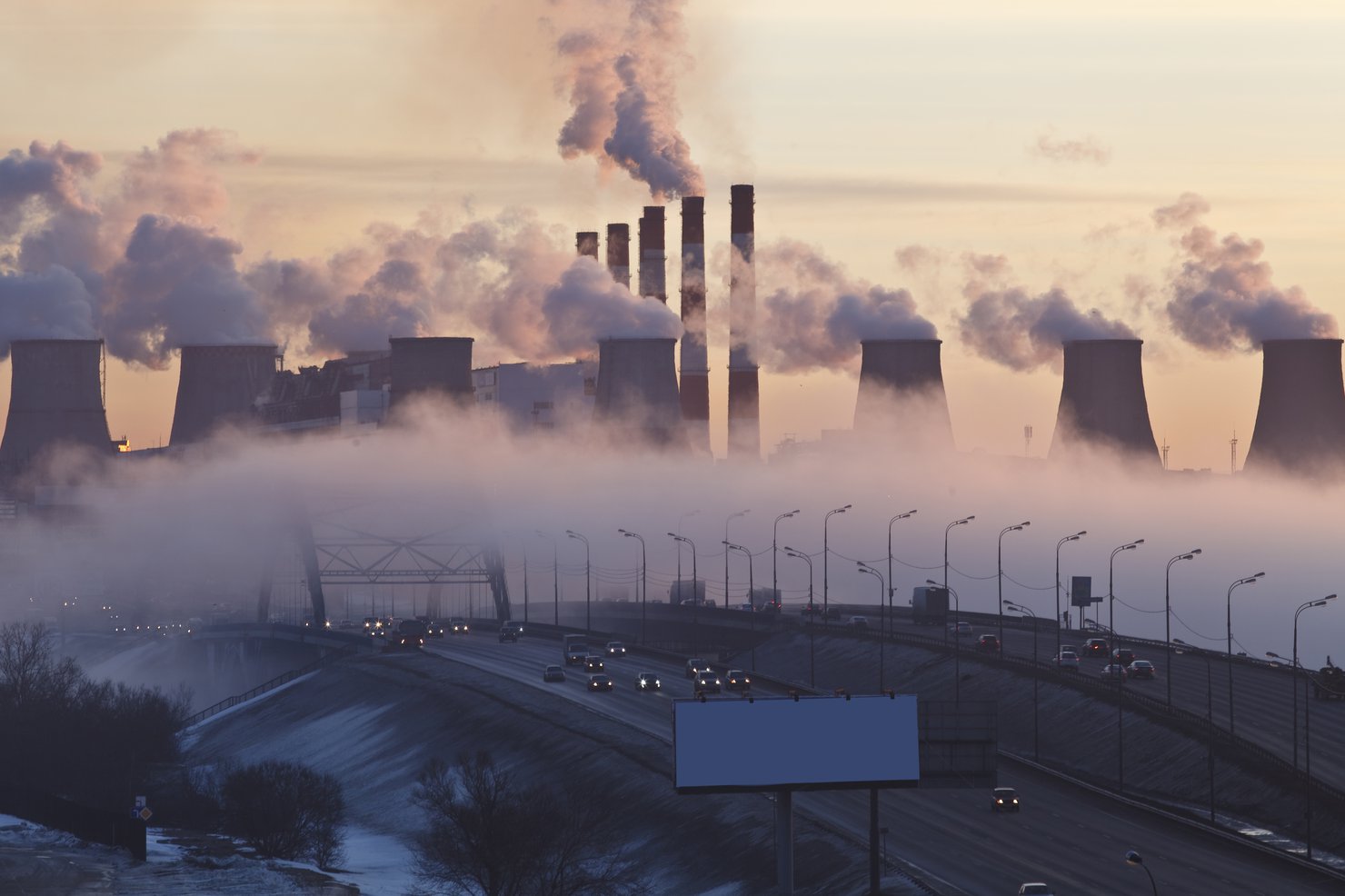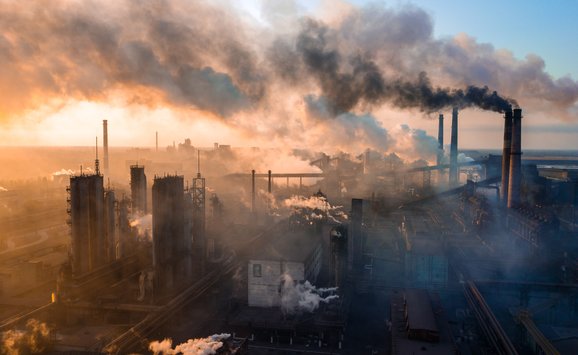Each week, we’re compiling the most relevant news stories from diverse sources online, connecting the latest environmental and energy economics research to global current events, real-time public discourse, and policy decisions. Here are some questions we’re asking and addressing with our research chops this week:
After announcing far-reaching climate plans, China has signaled that it is looking for the United States to increase climate policy ambition, too. Is public opinion on the side of climate action?
At a recent summit marking the fifth anniversary of the Paris climate agreement, president Xi Jinping announced a new commitment to reduce China’s carbon intensity by 65 percent from 2005 levels by 2030, building on an earlier goal to achieve carbon neutrality by 2060. Despite being the world’s top emitter of greenhouse gases and the largest consumer of coal, China increasingly has emerged as a leader on climate change—following smaller nations like Sweden, which has pledged to reach net-zero emissions by 2045—while the United States has shifted course on climate policy between presidencies. Xi has stated, however, that he will not announce more of China’s plans until the Biden administration reveals its own climate agenda, illuminating how significant the US-China relationship will be for the world’s emissions trajectory. While President-Elect Joe Biden has made clear with his Cabinet picks that climate change will be a priority, his administration will face other crises, such as controlling the spread of COVID-19 and mobilizing support around another stimulus package.
A new study coauthored by RFF Senior Fellow Alan Krupnick, University Fellow Thomas Sterner, and others in Sweden and China examines how public support for climate change mitigation has shifted over the past decade in China, the United States, and Sweden. Based on surveys conducted in 2009 and again in 2019, support for strong climate action has remained high in Sweden and has increased significantly in China and the United States. A majority of respondents in each country reported by the time of the 2019 survey that they would prioritize environmental health over jobs, and in all three countries, people were willing to pay more money per ton of carbon dioxide than they were a decade prior. Still, Krupnick and his coauthors caution that within countries, they see increased polarization of attitudes by political orientation. For more context, read an accompanying blog post that discusses these three countries’ climate agendas and encapsulates key results from the study.
Related research and commentary:
- Working paper: The Climate Decade: Changing Attitudes on Three Continents
- Blog: Climate Consensus across Continents: Opinions in China, Sweden, and the United States Increasingly Align
- Working paper: China’s Unconventional Nationwide CO₂ Emissions Trading System: The Wide-Ranging Impacts of an Implicit Output Subsidy

Global emissions have plummeted due to the coronavirus pandemic. Will emissions stay lower than 2019 levels forever, or will emissions rise again as the economy rebounds?
The coronavirus pandemic has redefined work, curbed global travel, and forced much of the world into lockdown—and emissions have declined as a result. According to new findings from the Global Carbon Project, global carbon dioxide emissions dropped by about 7 percent between 2019 and 2020, while a recent report from the Rhodium Group finds even steeper impacts on the United States, where emissions fell by more than 10 percent. Some energy analysts, including experts at the International Energy Agency and the Bloomberg New Energy Foundation, predict that this COVID-fueled economic contraction—coupled with longer-term forces like the rise of cheaper renewables and the decline of coal—will keep emissions lower than 2019 levels in perpetuity. But others argue that the emissions declines prompted by a temporary economic slowdown are unlikely to endure. Emissions in China were only 1.7 percent lower in 2020, for instance, due in large part to China emerging from its lockdown sooner than other nations.
On a new episode of the Resources Radio podcast, Ken Caldeira, a senior scientist at the Carnegie Institution, and Ted Nordhaus, founder and executive director of the Breakthrough Institute, discuss their friendly bet on whether global emissions peaked in 2019. Caldeira predicts that emissions will increase again once the world reopens after the coronavirus pandemic wanes and the global economy rebounds, and he points out that some countries are likely to emit more carbon as they develop. “I don’t want to see CO₂ emissions,” Caldeira says, “but I want to see these [developing] countries get richer and have healthier living conditions rapidly.” On the other hand, Nordhaus expects that long-term trends—such as the fall of fossil fuels—will minimize any increases in emissions. Ultimately, both scholars agree that the world is far from deep decarbonization and that spearheading innovative technologies is the best path forward for climate change mitigation efforts.
Related research and commentary:

How should the Biden administration approach revamping estimates for the social cost of carbon?
This week, the environment subcommittee within the House Oversight Committee released climate policy recommendations for the new administration, which include a call to raise the social cost of carbon, an assessment of the economic damages of additional greenhouse gas emissions. While the Obama administration estimated that each additional ton of greenhouse gases would incur about $50 in damages, the Trump administration arrived at an estimate of just $1–$7, by factoring in only the domestic consequences of carbon emissions and shifting how the government values the future benefits of reduced pollution. That lower estimate has been used to justify looser regulations over the past four years, including those relating to fuel economy standards and controls on methane emissions. But how high the social cost of carbon will be under the incoming administration is uncertain; for now, the House report proposes an “aggressive, science-based” estimate that increases over time, considers global consequences, and goes beyond both the Trump and Obama administrations’ estimates.
In a new blog post—part of an ongoing series in the lead-up to Inauguration Day—RFF’s Art Fraas and Dick Morgenstern discuss the long-term consequences of Trump’s environmental agenda. Both Fraas and Morgenstern take issue with how the Trump administration has approached the social cost of carbon, but they believe that actions taken by the Biden administration can restore a better approach to the process. They both suggest that the incoming administration should reconsider factoring in the international impacts of climate policy, in part because, as Morgenstern highlights, “actions by the United States are likely to have a favorable impact on the decisions of other countries to reduce their own emissions.” And while the two scholars agree that the social cost of carbon can be revised by the Biden administration, they see other aspects of the Trump agenda as irreversible. “[The US Environmental Protection Agency] has lost more than four years,” Fraas contends. “As the new administration comes in, it will take time to develop a new record to support climate-related regulation.”
Related research and commentary:









